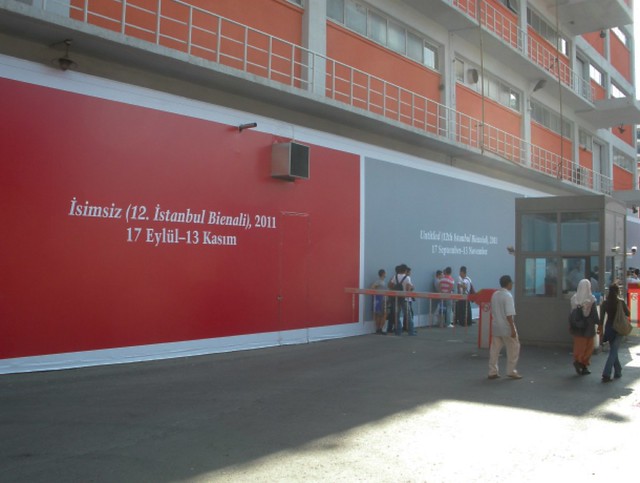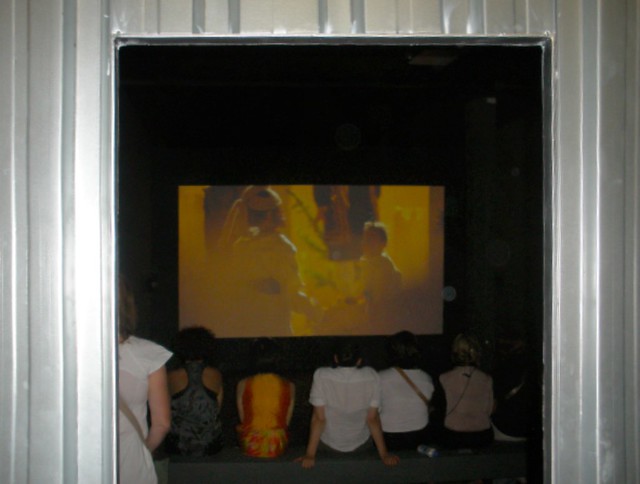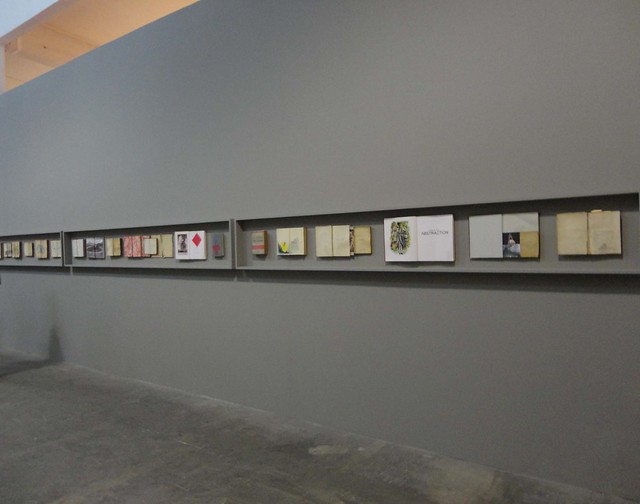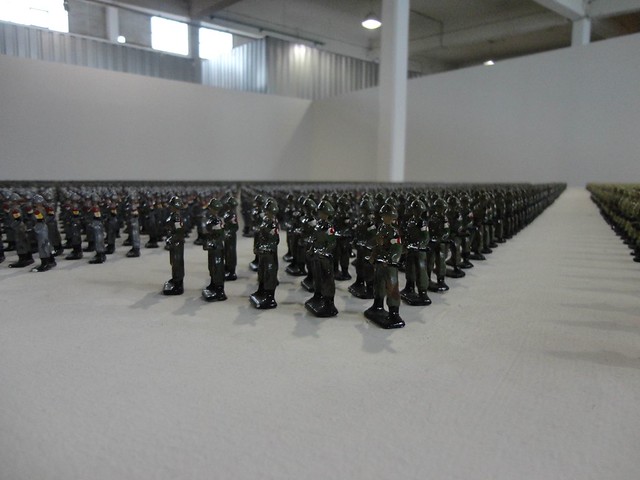
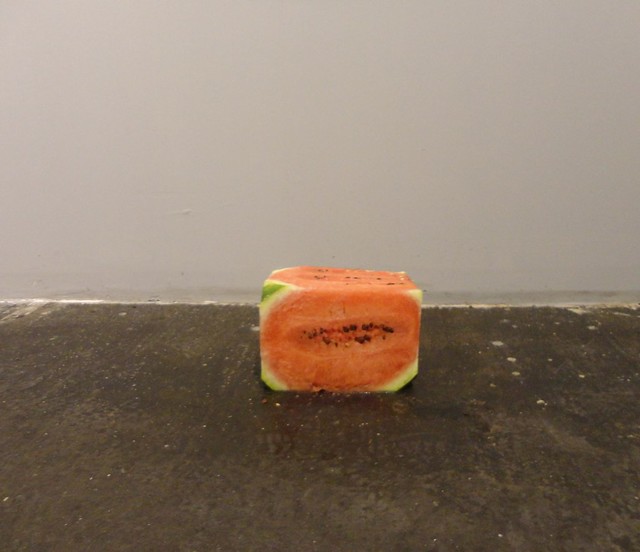
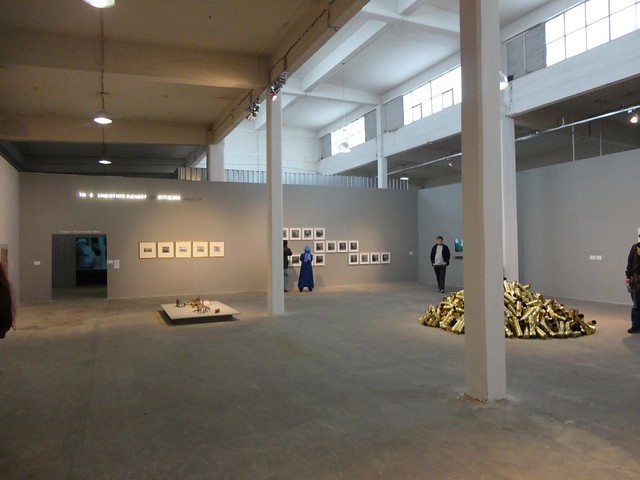
On the crossroads between East and West, the Istanbul Biennial has a complex context of rich and diverse cultures, fused with troubled politics that it is meant to respond to. This year’s edition, curated by Jens Hoffmann and Adriano Pedrosa, had the desire to differ from intricate contexts that drove the curators to search for inspiration in traditional values of art, such as aesthetics. At least, this was the official claim made by Hoffmann and Pedrosa. For some mysterious reason, the Biennal found its own path and turned out to be very political. To be more precise: it was informative about the history of art activism in the second half of the 20th century. Some of the individual projects, such as Wael Shawky's film "Cabaret Crusades: The horror show file", Nazgol Ansarinia's "National Security Book Series" and Ala Younis' "Tin Soldiers" were among the most provoking participations.
The exhibition - which included about 125 artists - was split between individual projects and five group shows. It was built around the practice of Cuban-American artist Felix González-Torres (1957-1996). In his delicate and acutely beautiful oeuvre he raised concerns with issues such as violence, sexuality and gay activism in the 90s. In fact, the five group shows entitled after works by González-Torres - Untitled (Passport), Untitled (Abstraction), Untitled (History) and Untitled (Death by Gun) were an homage to the artists preoccupations that are still very timely.
When talking about this edition of the Istanbul Biennial one has to mention brilliant architectural design of the exhibition space. Two pavilions, designed by architect Ryue Nishizawa, managed to hold the exhibition together as a unity. The pavilions were located in two former dock warehouses, adjacent to Istanbul Modern – a postindustrial museum of contemporary art. The exhibition spaces had a slick white cube finish internally, whereas, on the outside they were designed as shipping containers. This solution with no doubt bears a reference to the enormous trade passing through the Bosphorus everyday.
For more information about the Istanbul Biennial please visit the official website
